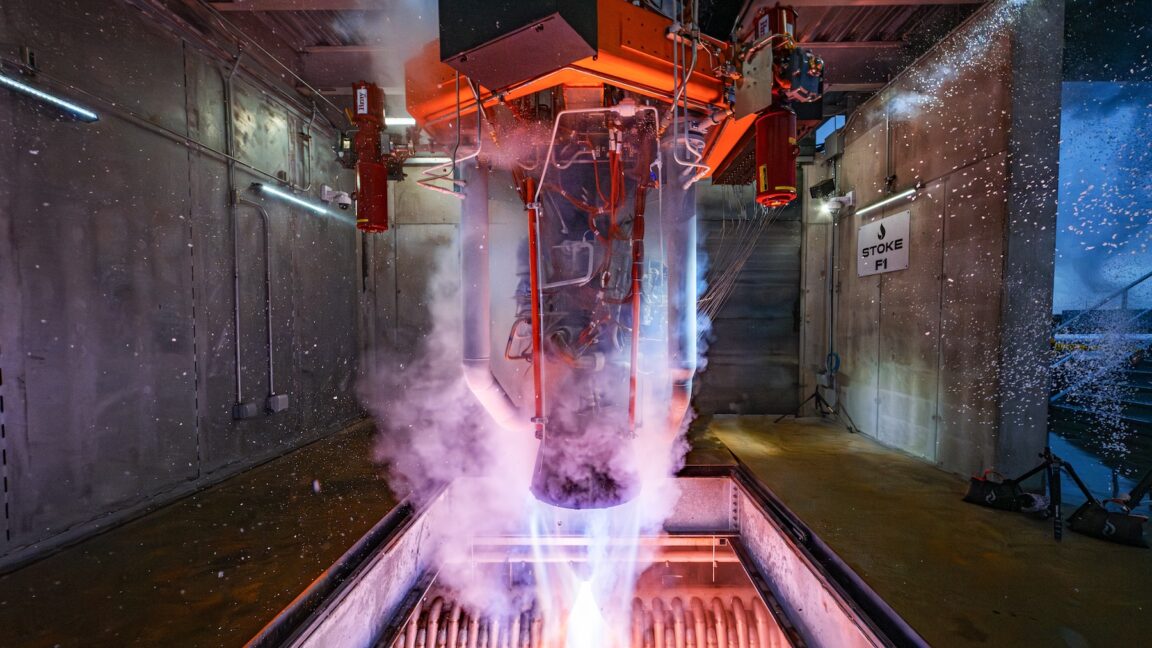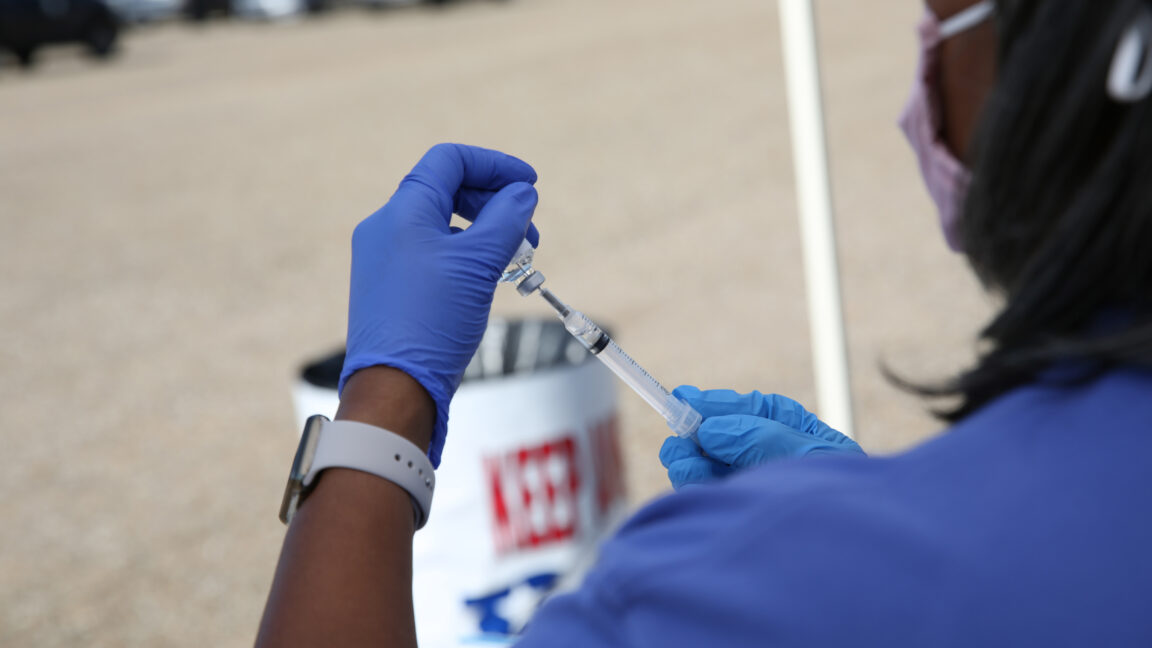How To Start a Green Team in Your Child’s School
Young people care deeply about the environment. You can see this even in young children. Ask a first grader to tell you about their favorite animals. They’ll undoubtedly tell you that those animals — whales, elephants, wolves, butterflies, turtles — are endangered because of human activity.
Caroline Hickman conducted a study of 10,000 young people (16- to 25-year-olds) across the globe to gauge how they felt about climate change. In large numbers, those young people reported being distressed, anxious, and frightened about climate change. They also reported that they felt betrayed by leaders who were failing to take action.
Our youth are looking to us to take action on climate change. One way to do that is to start a green team in your child’s school.
Action is the antidote to despair.” —Joan Baez
What Is a School Green Team?
A green team is simply a group of students that come together, either during or outside of school hours, to address environmental concerns. Green teams combine learning opportunities with action and field projects. Teams need an advisor — a parent, a teacher, or, ideally, both.
Don’t know the first thing about running a green team? Not to worry. There are numerous programs across the country that support green teams with resources and information.
For example, the Massachusetts Department of Environmental Protection (DEP) created their program, THE GREEN TEAM, as “an interactive educational program that empowers students and teachers to help the environment through waste reduction, reuse, recycling, composting, energy conservation and pollution prevention.” Many of their materials are available on their website.
Green Schools has a comprehensive list of green education programs in different states. Some even have a curriculum that aligns with learning standards.
How do you get a green team off the ground in your children’s school?
First Things First — Get Other Parents on Board
You can’t run a green team program by yourself. You need at least a couple of other parents in your corner. Do you know any other environmentally concerned parents who want to partner with you? Ask parents you know. Use social media to gauge interest beyond your own circle.
Partner With School Staff
Once you have a few people on board, check with your child’s school. Reach out to the school principal and ask what kinds of support they can give your team. Push for a staff liaison. Ideally, a staff member will be present at your team meetings. This is particularly important if you are hoping to implement changes within the school itself.
Keep the Focus on Children’s Interests
Before your first meeting, have the children fill out a form saying why they want to join the team. You’ll get a sense of where students’ interests lie. The great thing about kids is they don’t think in terms of limits — they want to fix everything now.
Your job as green team leader is to channel the students’ energy into projects where they can be effective change makers. We’ll talk about that more in a bit.
Build Positive Team Culture
To help your team work together constructively, you’ll need to establish a positive team culture. There are a few simple things you can do to achieve this.
- When you meet as a group, sit in a circle. Otherwise, students will focus on adults and not on one another.
- Encourage the group to learn one another’s names. Knowing someone’s name is the first step in building relationships.
- Establish some rules that everyone can agree on. Address how students speak to one another — not using put-downs, disagreeing respectfully, etc.
- Take time to process at the end of the meeting. Ask how the group how they feel about the work they did. What worked well? What could go better next time?
Teams with a supportive culture spend less time navigating conflicts and more on the work at hand.

Teach Children How To Set Reasonable Goals
We mentioned that children tend to think big. They’ll say things like:
- “I want to save the planet.”
- “We need to protect endangered animals.”
- “Everyone should stop polluting.”
Those ideas are great — we all want those things. But they are not achievable by this one team of students.
Teach your team about S.M.A.R.T. goals — goals that are specific, measurable, achievable, relevant, and time-bound.
Ask guiding questions like:
- What steps will we take to achieve our goal?
- How will we know we accomplished our goal?
- How will we communicate our goals to others?
- What will achieving our goal look like?
Rescuing the polar bears from extinction is not a S.M.A.R.T. goal. It’s too vague, it’s not measurable, and it’s not achievable. An example of a S.M.A.R.T. goal is reducing the school’s energy usage by 10%.
Projects Your Green Team Can Do
There are dozens and dozens of projects your green team can do to protect the environment and address climate change.
Here are some examples of projects that are measurable, specific, and achievable:
- Do a trash audit of the school. How much waste is being thrown out? Is the school recycling as much as it can? Reduce weekly trash weight by x number of pounds.
- Start a school composting program. Weigh how many pounds of waste the program is diverting from the landfill.
- Introduce the straw-free challenge. Educate the school community on why plastic straws are harmful. Keep track of how many straws are used in the cafeteria before and after the education campaign.
- Launch a school recycling collection program. You might consider joining a Trex challenge or registering your school with TerraCycle. TerraCycle will even let you earn rewards points that can be donated back to the school. Weigh the recycling and track the rewards.
- Organize a community clean-up. Record the amount of trash and report out to the community.
- Partner with local businesses to reduce single-use plastic bags. Make signs to hang in stores.
Starting a green team in your child’s school isn’t going to end climate change, but it’s a start. More importantly, it helps young people feel empowered to take action. Who knows where that will lead?
More green team projects and resources:
- The Jane Goodall Institute’s Roots & Shoots program offers resources for youth and educators
- Your Guide to Talking With Kids of All Ages About Climate Change, Natural Resources Defense Council
- Environmental Education Resource Library, EarthDay.org
Editor’s Note: This article was originally published on October 29, 2021, and updated in October 2024.









